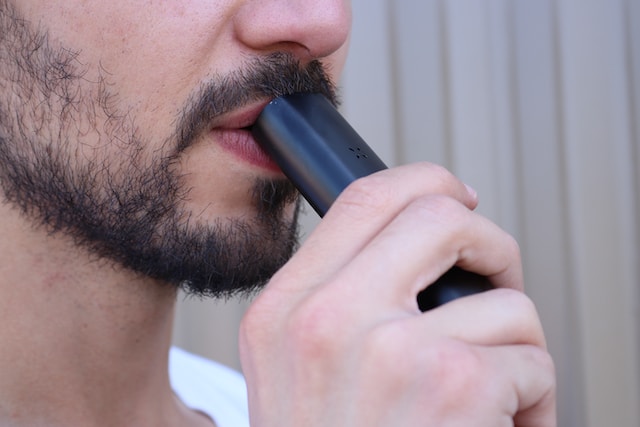The decision to quit vaping is a commendable one. As with quitting traditional cigarettes, dropping the vape pen can lead to nicotine withdrawal, which is the body’s reaction to the absence of a substance it has become dependent on. While symptoms can be challenging, they are manageable. Here are seven proven tips to help you navigate through nicotine withdrawal after quitting vaping:
- Understand the Withdrawal Symptoms
- Before you start, understand what you might face: irritability, difficulty concentrating, increased hunger, restlessness, anxiety, and even depressed mood are common. Knowing these symptoms beforehand can prepare you mentally and help you recognize them when they occur.
- Stay Hydrated
- Drinking plenty of water can help flush nicotine out of your system faster. Plus, keeping yourself hydrated might mitigate some symptoms like dry mouth and throat.
- Chew Gum or Snack Healthy
- Oral fixation – the act of putting your vape pen to your mouth – is a tough habit to break. Replace it by chewing gum, preferably sugar-free. If you’re not a gum person, snack on crunchy, healthy alternatives like carrots or celery.
- Exercise Regularly
- Engaging in physical activity can distract you from cravings and reduce their intensity. Moreover, exercise releases endorphins, natural mood lifters, which can counteract some of the mood-related symptoms of withdrawal.
- Consider Nicotine Replacement Therapy (NRT)
- If you’re struggling with strong withdrawal symptoms, NRT products like patches, lozenges, or inhalers can provide controlled and decreasing doses of nicotine to ease you off your dependence.
- Avoid Triggers
- If you vaped mostly in specific settings or situations, do your best to avoid or alter them. For instance, if you vaped after meals, try taking a walk instead. If you associate vaping with certain beverages, like alcohol or coffee, consider cutting back or substituting them for a while.
- Seek Support
- Don’t underestimate the power of community or professional help. Talk to friends who’ve successfully quit, join support groups, or consider professional counseling. They can offer strategies, encouragement, and a listening ear.
Conclusion
Quitting vaping is a journey, and the road may seem winding and treacherous. Remember that withdrawal symptoms are temporary. With every passing day, your body and mind are healing, and the grip of nicotine is loosening. Stay committed, lean on your support system, and celebrate every milestone. Your health and well-being are worth it!


